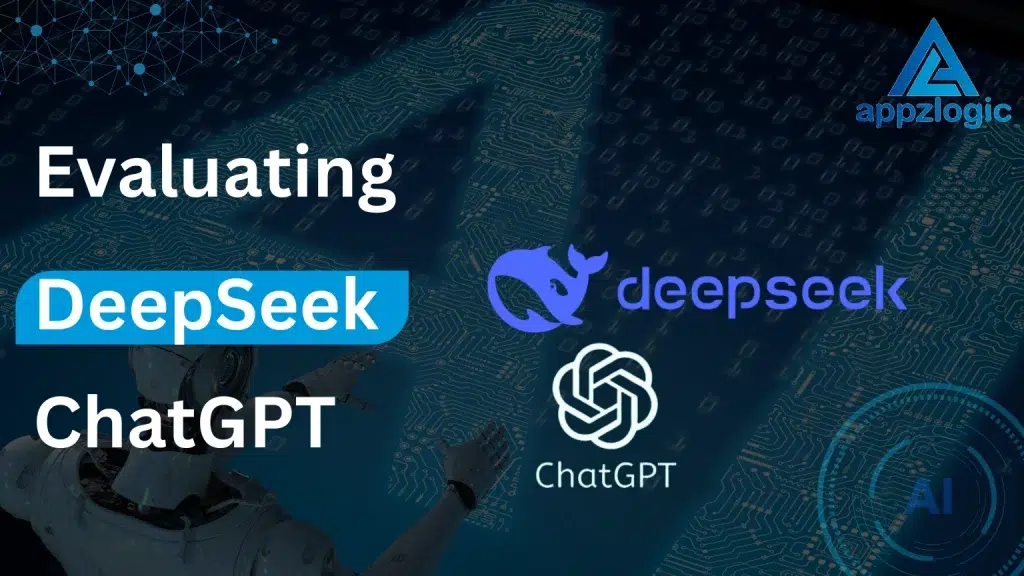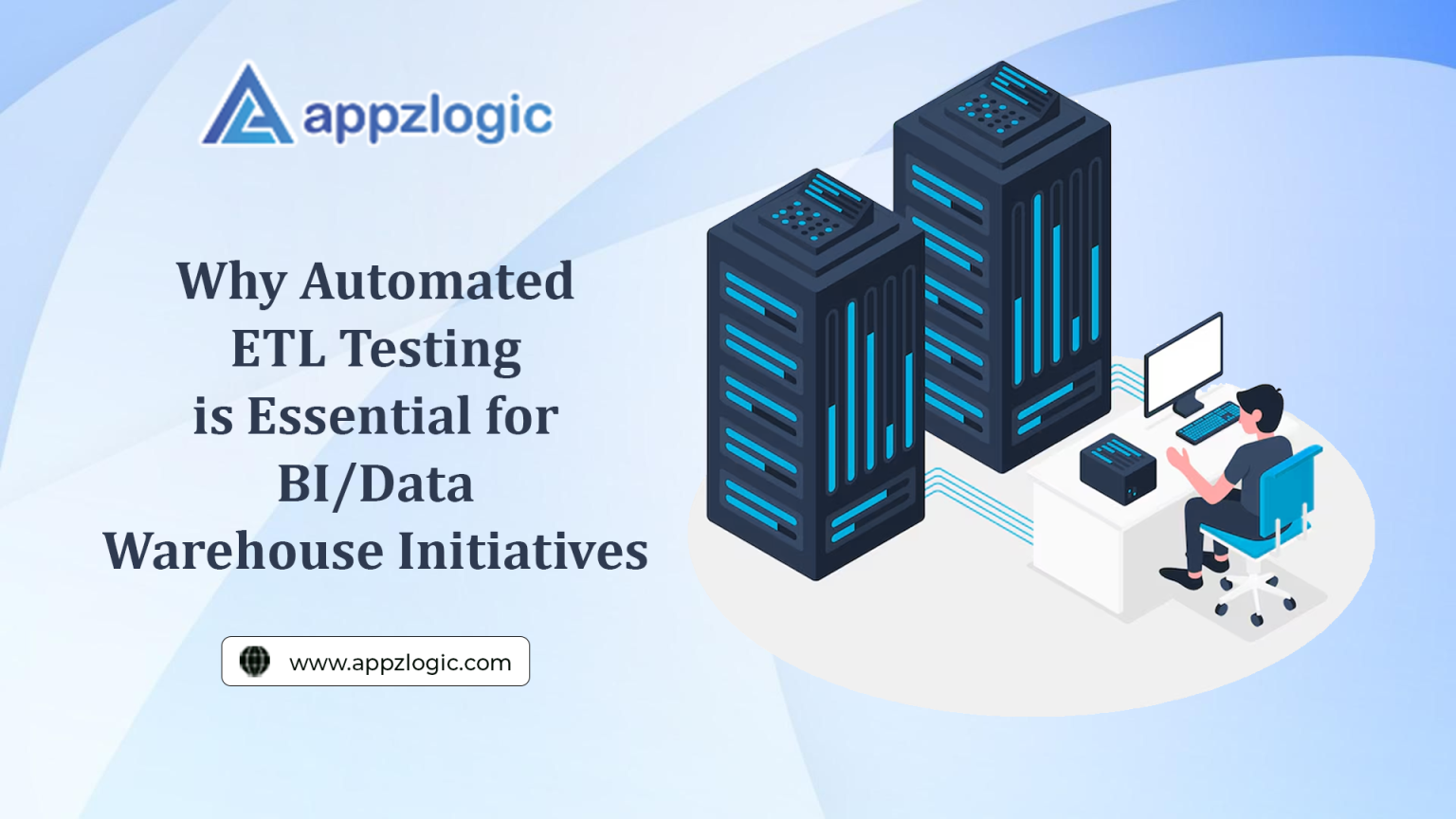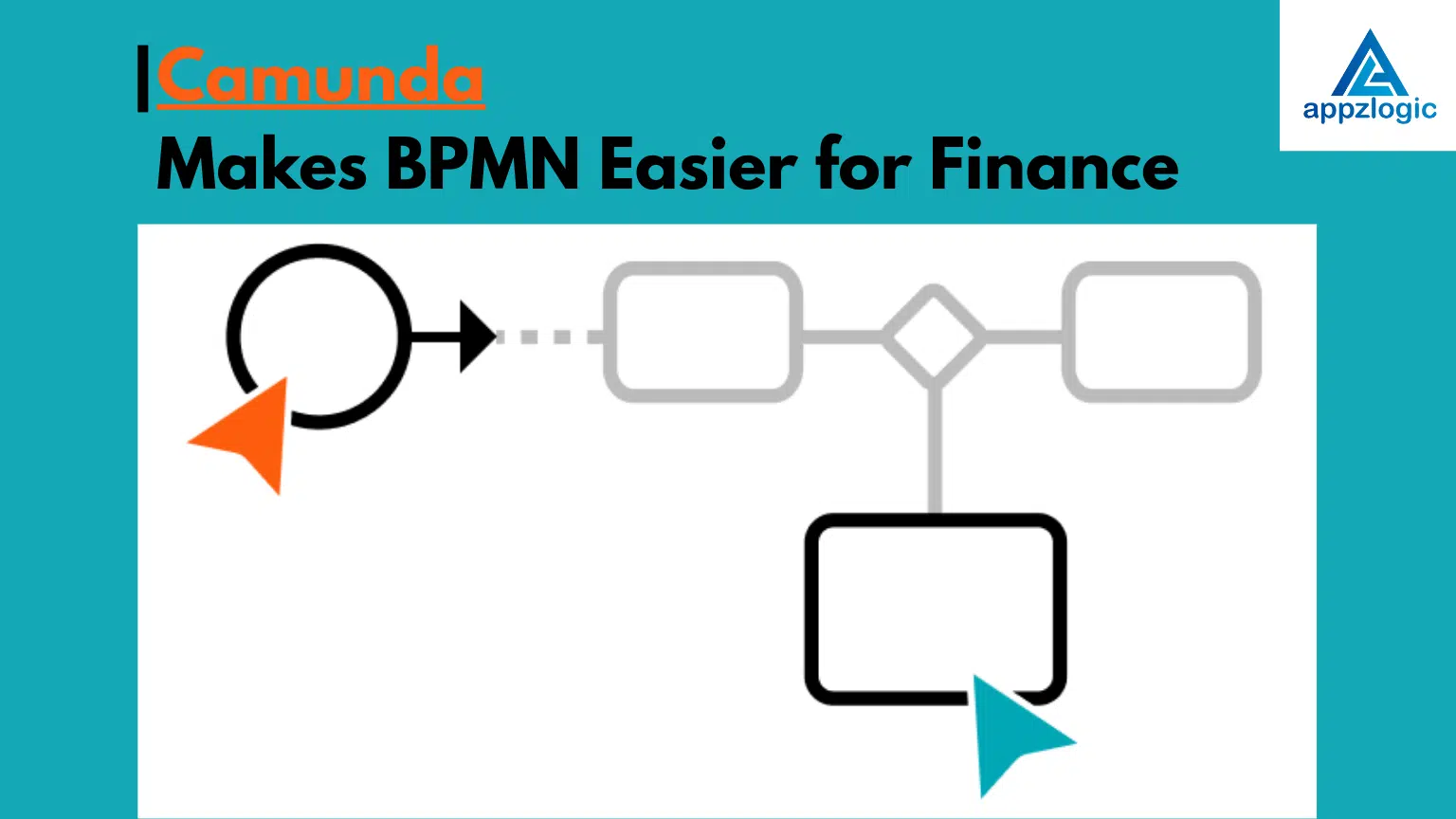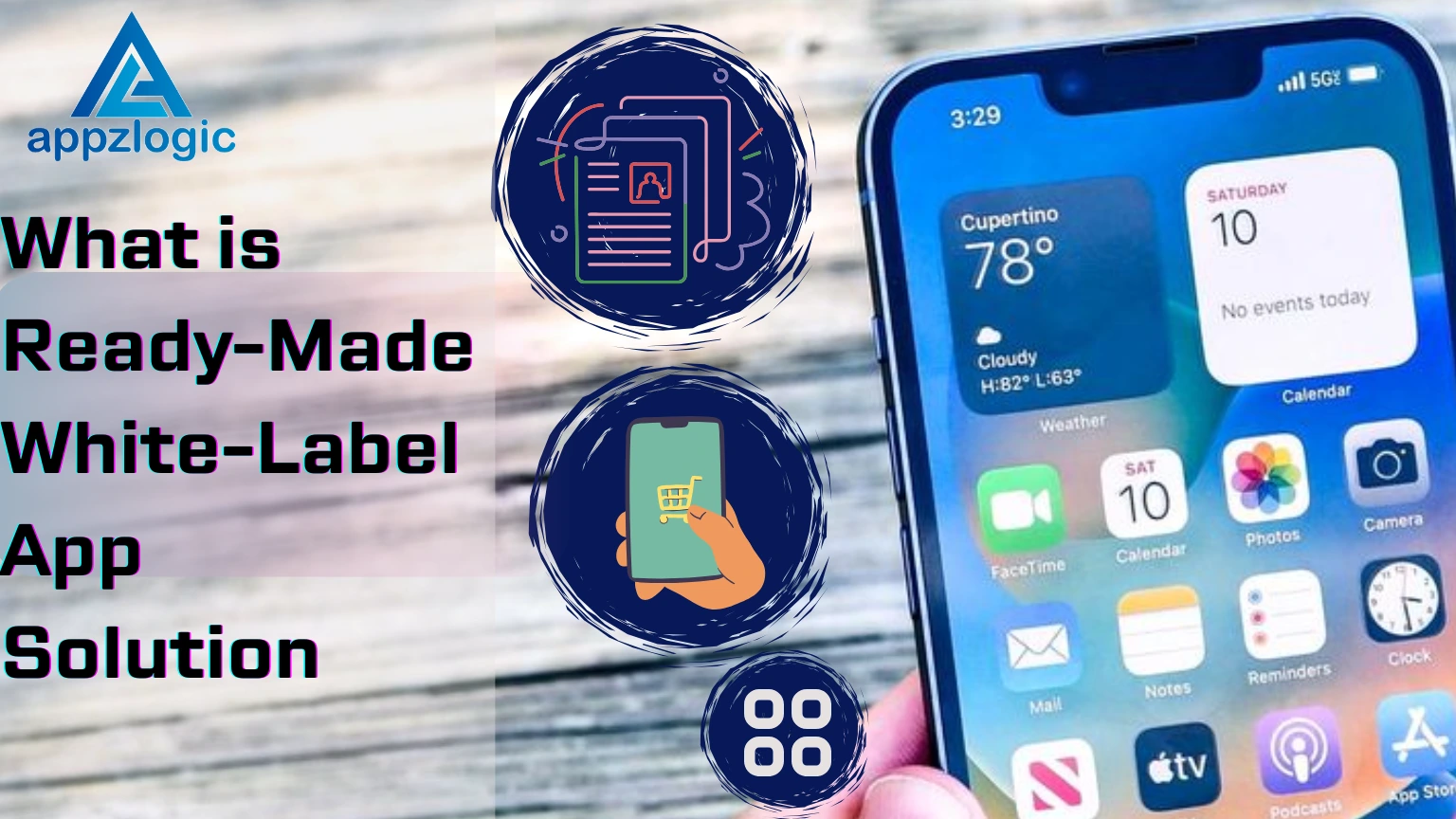
DeepSeek R1 and ChatGPT: A Comparison of AI Performance and Use Cases
Artificial Intelligence (AI) has evolved significantly, with chatbots and language models becoming essential tools in various industries. Two notable contenders, DeepSeek and ChatGPT, have emerged as powerful AI models, influencing how people engage with technology. This article compares their capabilities, accuracy, user experience, and industry impact.
Open-Source AI Chatbot
Open-source AI chatbots have gained eyeballs among businesses and independent developers seeking customizable solutions. Models like Meta’s LLaMA, Mistral, and Falcon provide powerful AI capabilities without proprietary limitations. These models allow users to fine-tune responses, adapt datasets, and implement AI-driven functionalities based on their needs. While proprietary models like ChatGPT and DeepSeek R1 offer more polished outputs, open-source alternatives provide greater flexibility and transparency, making them an attractive choice for enterprises looking to integrate AI into their workflows.
DeepSeek R1 Features
DeepSeek R1 is an advanced AI model developed to challenge leading language models like GPT-4 and Google Gemini. It boasts a cost-effective architecture, making AI solutions more accessible to businesses and developers. Unlike many of its competitors, DeepSeek R1 is designed to function on relatively lower-power AI chips, reducing dependency on expensive computational resources. Additionally, it prioritizes logical accuracy, structured reasoning, and technical analysis, making it a valuable tool for professionals in fields such as engineering, data science, and automation.
The Rise of DeepSeek: A Cost-Effective Competitor
DeepSeek R1, a new AI model developed by a startup in China, has rapidly gained attention. Despite its relatively recent entry into the AI market, it has demonstrated remarkable efficiency and performance, competing with established models like OpenAI’s GPT-4, Meta’s Llama, and Google Gemini.
What makes DeepSeek stand out, is its cost-effectiveness. While leading AI companies invested hundreds of millions of dollars in their models, DeepSeek managed to develop its base AI model for just $5.6 million. This achievement is particularly notable given U.S. restrictions on the supply of high-powered AI chips to China, forcing DeepSeek to optimize performance on relatively limited hardware.
AI Chatbot Accuracy Test: DeepSeek R1 vs OpenAI ChatGPT
Accuracy is a key factor in determining the effectiveness of AI chatbots. DeepSeek R1 and OpenAI’s ChatGPT, Gemini are among the top language models competing in 2025, each with it’s own strengths. ChatGPT is known for its well-rounded conversational abilities, extensive training data, and nuanced responses. DeepSeek R1, on the other hand, is designed to be highly efficient, excelling in logical reasoning and problem-solving. While both models provide high-quality responses, ChatGPT tends to perform better in creative writing and contextual understanding, whereas DeepSeek R1 shines in structured problem-solving, particularly in mathematics and coding.
Evaluating DeepSeek Safety and Reliability
Like any AI model, DeepSeek raises questions about data security and potential biases. AI systems trained on vast datasets can sometimes generate inaccurate or misleading responses. Users should remain aware of these risks when relying on AI-generated content. Despite these challenges, DeepSeek presents an attractive option for businesses and individuals due to its affordability and broad capabilities.
How DeepSeek Enhances Productivity
DeepSeek serves various purposes, including:
- Content Creation: Assists in drafting blog posts, emails, and social media content.
- Education and Tutoring: Explains complex concepts and helps with coding and homework.
- Problem Solving: Tackles mathematical calculations and logic-based inquiries.
- Task Automation: Summarizes articles, generates reports, and assists with brainstorming.
DeepSeek vs ChatGPT: A Feature Comparison
- Accuracy and Knowledge Base
DeepSeek is trained on diverse datasets, excelling in scientific reasoning and logical analysis. ChatGPT, however, benefits from a broader training scope and frequent updates, making it a strong contender in knowledge-based queries. OpenAI has also focused on refining ChatGPT’s fact-checking mechanisms, enhancing its reliability.
- User Experience and Interaction
DeepSeek offers direct and efficient responses, appealing to users seeking concise answers. In contrast, ChatGPT’s conversational nature enhances user engagement, making interactions feel more natural and dynamic. OpenAI has also improved ChatGPT’s ability to remember previous conversations, leading to a more personalized experience.
- Creativity and Problem-Solving Abilities
ChatGPT stands out in creative tasks such as storytelling, scriptwriting, and poetry. Its ability to generate engaging content makes it ideal for marketers and writers. DeepSeek, on the other hand, specializes in structured problem-solving, making it particularly useful for engineers, researchers, and programmers.
- Industry Adoption and Real-World Applications
DeepSeek is gaining traction in technical fields like finance, healthcare, and engineering due to its accuracy in calculations and analysis. ChatGPT, widely adopted across industries, is favored for content generation, customer support, and virtual assistance.
- Customization and Business Integration
Both models allow businesses to fine-tune responses. DeepSeek’s adaptability enables industry-specific customization, while ChatGPT’s API integration provides extensive flexibility for brand-specific conversational AI solutions.
- Ethical Considerations and AI Safety
Both AI models face ongoing challenges in bias elimination. DeepSeek prioritizes accuracy and responsible AI use, while OpenAI has implemented safeguards to filter inappropriate content in ChatGPT. Continuous advancements aim to make both systems more ethical and transparent.
- AI Language Model Performance
AI language models are evaluated based on their fluency, coherence, factual accuracy, and problem-solving skills. ChatGPT continues to lead in user engagement, producing human-like text with refined contextual awareness. Meanwhile, DeepSeek R1 is optimized for efficiency, allowing businesses to deploy AI-driven applications at a fraction of the cost.
How DeepSeek affected Businesses?
The launch of DeepSeek has affected major AI and tech companies, including NVIDIA. Since AI models require advanced computing hardware, shifts in AI development strategies influence the semiconductor market. DeepSeek’s cost-efficient model demonstrates how AI innovations can thrive even with limited resources, potentially disrupting market trends and investment strategies.
AI technology is revolutionizing the entrepreneurial landscape by providing personalized and customized support from the initial idea to the execution phase. AI-Powered Platform Guiding Entrepreneurs from Idea to Execution.
ChatGPT Alternative 2025
With the growing demand for AI chatbots, many users seek alternatives to OpenAI ChatGPT. DeepSeek R1 has emerged as a strong competitor, offering similar functionalities at a lower cost. Other alternatives include Google Gemini, and open-source models such as Mistral and Falcon. These alternatives aim to provide users with AI-driven assistance tailored to different needs, whether it be content generation, customer support, or technical problem-solving. The choice between ChatGPT and its alternatives often depends on factors such as budget, accuracy, and customization options.
Best AI Chatbot for Developers
For developers, choosing the right AI chatbot depends on features such as API integration, accuracy, and cost-effectiveness. Nova AI is an AI-powered, end-to-end customer support platform designed to enhance service efficiency and user satisfaction. ChatGPT offers extensive API support, making it ideal for building AI-powered applications. However, DeepSeek R1 provides a compelling alternative by delivering strong analytical capabilities with a lower resource demand.
Also Read about: An AI-Powered Platform Guiding Entrepreneurs from Idea to Execution
Conclusion
Both DeepSeek and ChatGPT bring unique strengths. DeepSeek appeals to those prioritizing cost-effectiveness and logical reasoning, while ChatGPT remains a leader in conversational AI and creative applications. The ongoing competition between these two AI giants continues to drive innovation, making AI technology more accessible and versatile across industries. As AI evolves, users can expect even more sophisticated and capable language models shaping the future of digital interaction.
At Appzlogic, we excel in providing top-notch IT services designed to meet the distinct needs of businesses around the globe. As a leading provider of software development, testing, cloud engineering, and security solutions, we empower organizations with efficient, secure, and scalable technologies.
Frequently Asked Questions
DeepSeek is an advanced AI model designed for natural language processing.
DeepSeek is generally safe, but like any AI, it may generate biased or inaccurate content. Always verify critical information.
DeepSeek focuses on multilingual understanding and code tasks, while ChatGPT is optimized for broader conversational AI.
The overall cost of making DeepSeek is $ 6 Million.
DeepSeek R1 was developed by DeepSeek Technologies, a Chinese AI startup.




